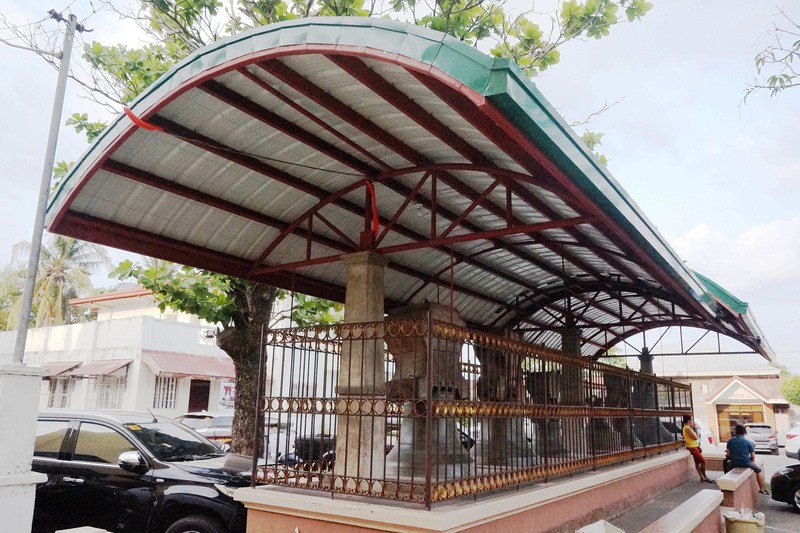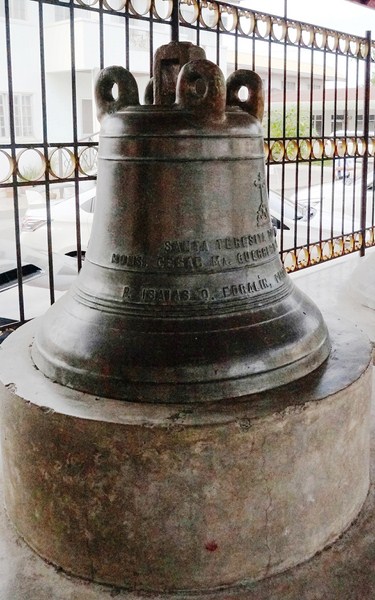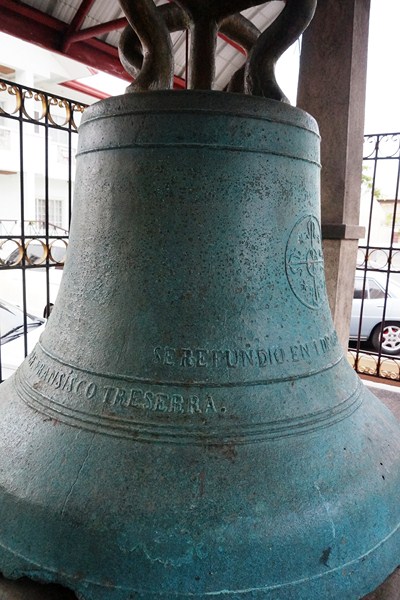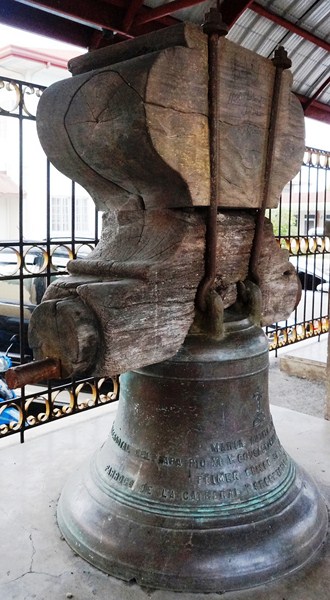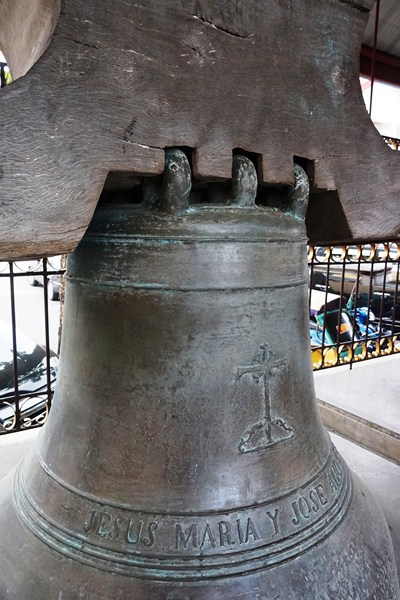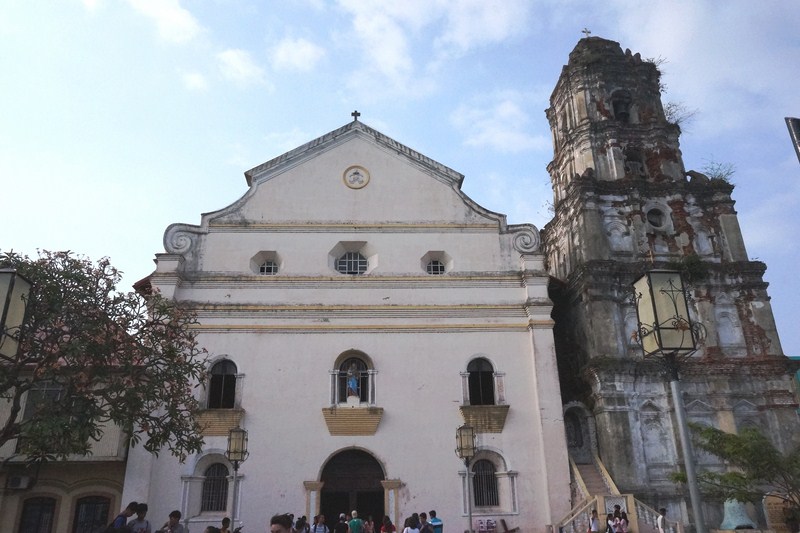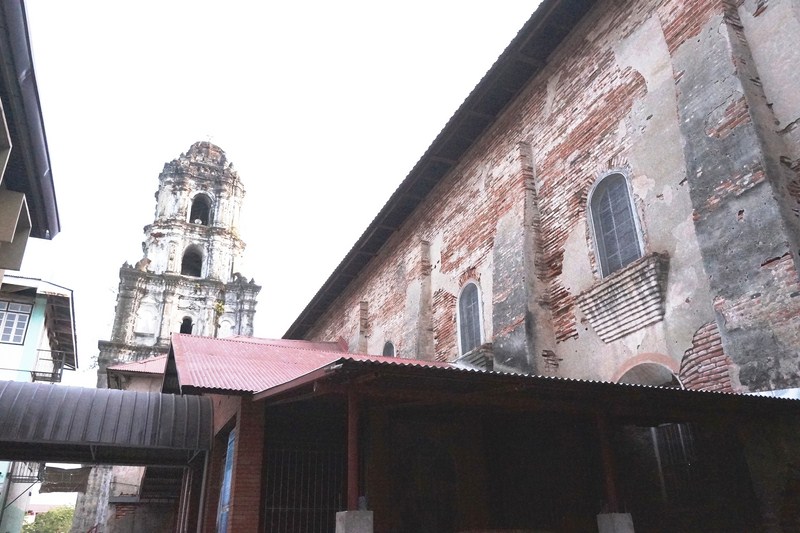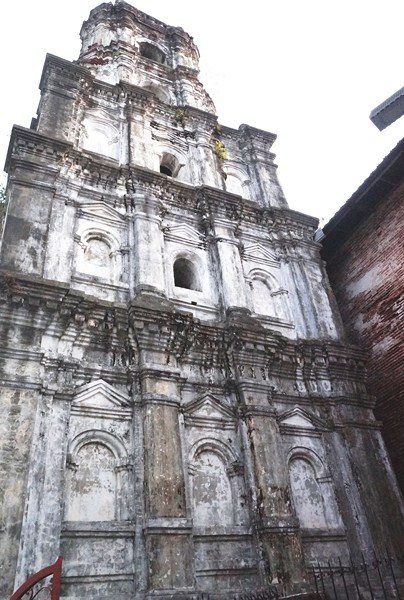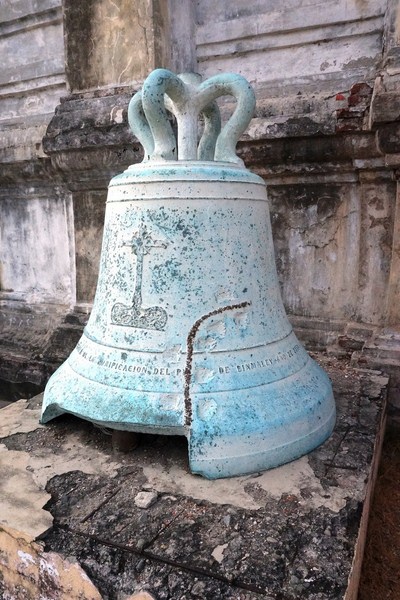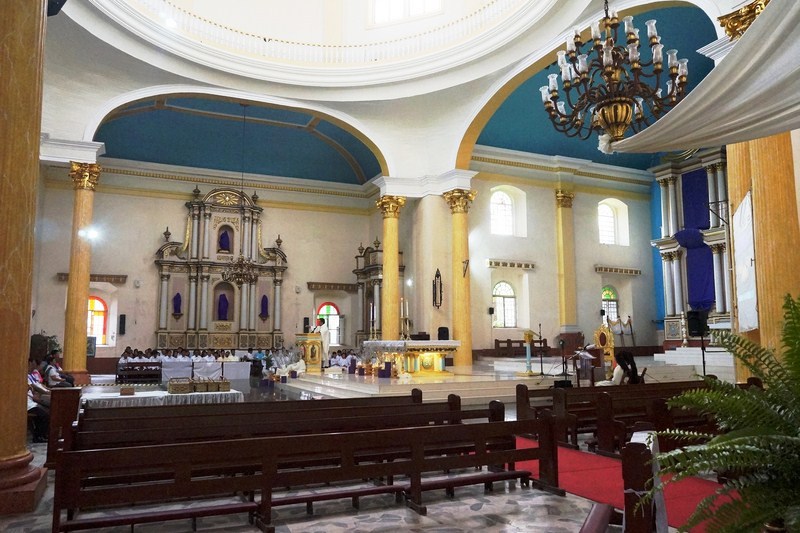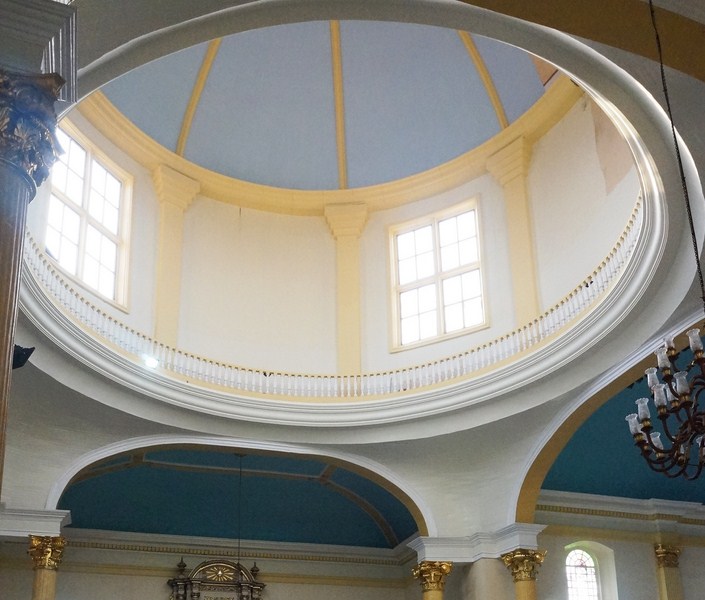The Kampana (“Bell”) Museum, probably the only museum of its kind in the country, is housed within the compound of the Cathedral of the Epiphany of Our Lord. It displays an array of six old bells (some dating back to the 1800s) of different sizes (four of them still with their wooden yokes) of the parish on a raised concrete platform within a fenced in, shed-type enclosure.
Check out “Cathedral of the Epiphany of Our Lord“
During the term of the first Team Ministry (when the “Three Kings” Parish was renamed “Epiphany of Our Lord Parish” in 1965) of the parish (composed of Fr. John R. Palinar, Fr. Jose S. Estrada, Fr. Manuel S. Bravo and Fr. Victor Z. Embuido), these church bells were replaced by new ones (sourced through donations from civic-spirited citizens here and abroad).
These old church bells were, in turn, housed in a museum built during the term of the second Team Ministry (composed of Fr. Alberto T. Arenos, Fr. Camilo Natividad and Fr. Jovino Batecan). The museum was inaugurated on March 31, 2002.
AUTHOR’S NOTES:
Inscriptions on the bells oftentimes indicates the bell’s date of casting, its weight, the name of the saint (San Juan Bautista, Sta. Teresita, Jesus, Maria y Jose, etc.) to which it was dedicated; the name of the town (Lingayen) for which it was commissioned; the name of the parish priest (Francisco Treserra, Isaias Edralin, Felix Sanches, etc.), bishop (Cesar Ma. Guerrero, on February 22, 1929), pope (Pope Pius XI ); when it was cast; and even the name of the bell caster.
I noticed one bell was cast in 1874, a second in 1883 and another in 1928. One bell is inscribed with “Fundicion de H. Sunico” possibly referring to metalsmith Hilario S. Sunico who cast 176 bells, dated 1872-98. His last known bell was dated 1937.
Many of the bells are wrapped in a blue-green patina due to chemical reaction with air and sea water, over time, that causes copper, brass and bronze to form verdigris.The verdigris layer, which gives the bell its fragile beauty, actually protects the underlying metal from corrosion and degradation, which is why these bells are so durable.
Cathedral of the Epiphany of Our Lord: Poblacion, Lingayen, 2401 Pangasinan. Tel: (075) 542-6235.
How to Get There: Lingayen is located 227 kms. (a 4.5-hour drive) from Manila and 94.9 kms. (a 3-hour drive) from Baguio City (Benguet).

